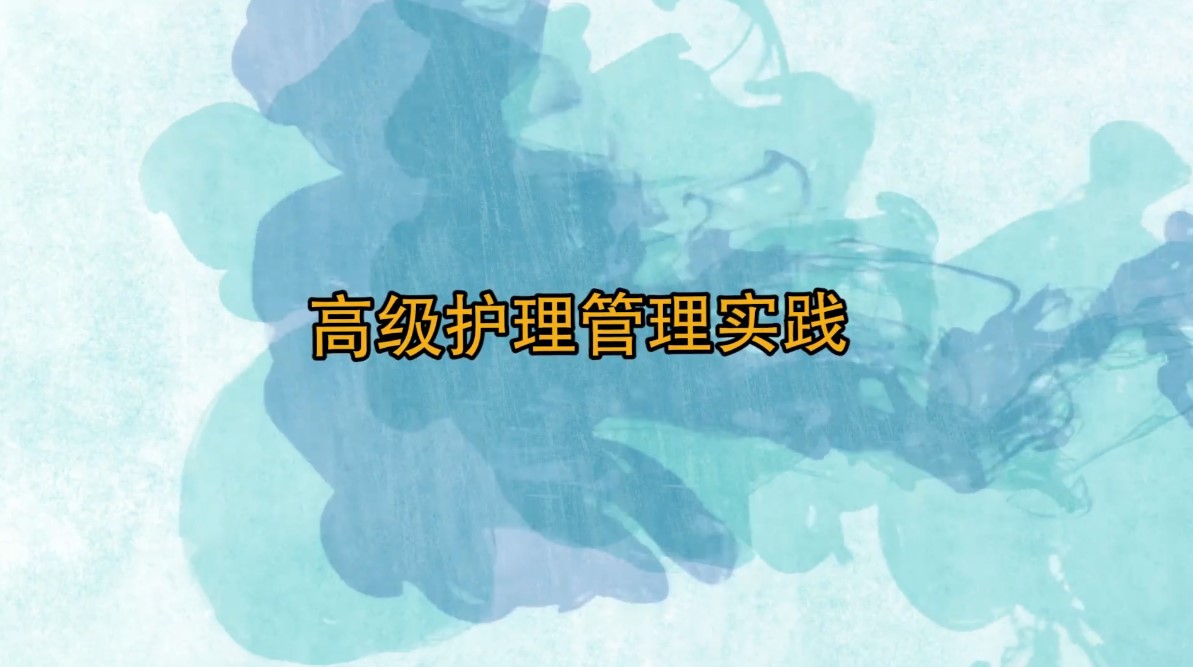
当前课程知识点:生理与遗传学基础 > 2. Nervous System 神经系统 > 2.1 Neuron Communication 神经元信息传递 > 2.1.1 神经元信息传递_视频
神经元的传导主要有三种
There are mainly three kinds of transmission of neurons
一种叫突触的传递
one is called synaptic transmission
刚才我们说了神经元有很多的树突
Just now we said that neurons have many dendrites
树突的末端呢都有突触
and there are synapses at the end of dendrites
第一种就是这种通过突触来联系
The first kind is that they are connected by synapses
它是一种化学的传导不是电信号的传导
It is a chemical transmission,not the transmission of electrical signals
所谓化学呢它就会释放一些物质
So-called chemical transmission,it releases some substances
这些物质呢就引起另外一个神经元的突触的电位发生变化
Some substances cause changes in the synaptic potential of another neuron
引起信号传导
causing signal transduction
第二个就是紧密连接的
The second is tight connection
一个神经元和另一个神经元不是通过突触来传递
One neuron and another neuron are not transmitted through synapses
它本来就结合的很紧
They are closely integrated
就可以近似的看成就是一个神经元间呢电信号直接传过来
It can be seen that the achievement is a direct transmission of electrical signals between neurons
第三种是非突触性的化学传导——释放递质
The third is non-synaptic chemical conduction,releasing the transmitter
最后这种也是释放递质 但它没有突触
and finally this is releasing the transmitter,but it has no synapse
我们今天就主要介绍这三类突触是怎么作用的
Today we will focus on how these three types of synapses work
那么第一类 突触传导
So the first type,synaptic transmission
看上面这个图 synaptic transmission
as shown in the figure above, is called synapse
神经元所形成的一个特异化的结构都叫突触 它这个地方是突触
A specific structure formed by neurons is called synapse,which is the synapse
突触呢它既可以连接神经元的胞体直接形成突触 叫轴突
Synapses can connect the cell bodies of neurons directly to form synapses,called axons
它也会和另外的神经元的树突形成突触
hey also form synapses with dendrites of other neurons
它也可以和神经元的轴突形成突触
It can also synapse with the axons of neurons
突触前膜的里面会有这些红点
There are red dots in the presynaptic membrane
我们叫作囊泡 囊泡里面就有神经递质
These are what we call vesicles.There are neurotransmitters in the vesicles
那这些囊泡到突触前膜 把这些神经递质释放出来
These vesicles go to the presynaptic membrane and release these neurotransmitters
这些神经递质呢会影响受体
These neurotransmitters affect the receptors
本身就是蛋白质 它的一个作用就是形成通道
which are proteins themselves.One of their functions is to form channels
这个受体作用到蛋白质呢 这个通道就打开
which are receptors as soon as it acts on proteins,the channel opens
通道打开以后就会让钠离子流进来 钾离子流出去
When the channel opens,sodium ions will flow in and potassium ions will flow out
这样它会形成一个电位变化 电位变化有可能是局部的 就在这一块
so that it will form a potential change.The potential change may be local,just in this area
如果这个电位变化足够大的话 达到阈电位以后呢
If the potential changes sufficiently,after reaching the threshold potential
它会形成动作电位 就到另一个神经元上去传导这个信号
it will form an action potential,which will transmit the signal to another neuron
那么突触前膜包括 这是小泡 突触前膜和突触小泡
The presynaptic membrane consists of vesicles,presynaptic membrane and synaptic vesicles
小泡里面呢有神经递质
There are neurotransmitters in the vesicles
然后这个突触间隙10到30个纳米 也就是0.01到0.03微米
Then the synaptic gap is 10 to 30 nanometers,that is 0.01 to 0.03 microns
后面这一个是突触后膜
The latter one is the postsynaptic membrane
那么我们看这一组示意图更加的清晰
so we can see this group of sketches more clearly
这是突触前膜 这就是整一个突触的结构
This is the presynaptic membrane,which is the structure of the whole synapse
那这里面这些红色的点点呢就是囊泡 囊泡里面包含神经递质
These red dots in this area are vesicles,which contain neurotransmitters
它的作用呢就是 突触前膜外面的钙离子流进来
Its function is to flow in calcium ions outside the presynaptic membrane
流进来以后呢会使里面的这些液体浓度降低
When it comes in,the concentration of these liquids decreases
降低以后呢这些递质这些囊泡呢就往下面流 流到往这个前膜靠近
and when it decreases,the transmitters, the vesicles,flow downward to the front membrane
靠近以后 囊泡包着的这个结构和前膜这个结构是一样的
Closer to the vesicle,the vesicle encapsulates the same structure as the anterior membrane
所以它到了前膜以后会和前膜融成一块 自己变成前膜
so when it reaches the anterior membrane,it melts into the anterior membrane
然后把里面的神经递质呢释放出来
and then releases the neurotransmitters
但释放递质的多少 和它这个钙离子的流进有关
but the amount of neurotransmitters released depends on the inflow of calcium ions
钙离子流的越多 神经递质释放的越多
The more calcium ions flow,the more neurotransmitters are released,
神经递质释放的越多所以在后面那个神经元所引起的动作电位
and the more neurotransmitters are released
引起的电位也就越大
Therefore,the action potential caused by the neuron in the back is larger
动作电位的可能性也就越高
and the possibility of action potential is higher
我们看这里有一个详细的示意图 看黄色的这一圈这一部分
Let's look at a detailed sketch here.Look at this part of the Yellow circle
这个是突触前膜 这中间的是突触间隙
This is the presynaptic membrane.In the middle is the synaptic gap
这后面蓝色的这一圈是突触后膜
The blue circle behind is the postsynaptic membrane
这一个神经元动作电位传过来 动作电位来了以后 会引起钙离子通道打开
When the action potential of this neuron comes,it will cause the calcium channel to open
外面的钙离子流进来
the calcium ion outside will flow in.
钙离子流进来以后 会使液体浓度降低
When the calcium ion flows in,the concentration of the liquid will decrease
粘度降低以后
and the viscosity will decrease
这些囊泡就会动了 往这个下面流
After that, these vesicles will move and flow down.
流到前膜以后呢进行结合
After flowing to the anterior membrane, combining
把这个囊泡释放出来 释放出来之后
releasing the vesicle,after releasing
它这个受体就会把通道打开
the receptor will open the channel,
这些钠离子就流进来 钾离子出去 形成动作电位
these sodium ions will flow in,potassium ions will go out,form action potential
再传导到下一个神经元 那它整个过程大概是这么一个过程
and then transmit to the next neuron,then the whole process is probably such a process
-How to learn in this course/如何学习本门课程
-Introduction /简介
--Intro video from overseas/国外简介视频
-1.概述
-1.1 Cell Structure 细胞结构
--1.1.4 细胞结构_课后练习
-1.2 Cell Transport 细胞的物质转运
--1.2.4 细胞的物质转运_课后练习
-1.3 Cell Signal Transduction 细胞的信息转导
--1.3.4 细胞的信号转导_课后练习
-1.4 Cell Bio-electricity 细胞生物电
--1.4.2 细胞生物电_课后练习
-1.5 Cell and Tissue 细胞与组织
--1.5.4 细胞与组织_课后练习
-1.6 Musculoskeletal System 肌肉骨胳系统
--1.6.1 Skeletal System 骨骼系统_视频
--1.6.2 Skeletal System 骨骼系统_趣味视频
--1.6.3 Skeletal System 骨骼系统_PPT
-2.1 Neuron Communication 神经元信息传递
--2.1.4 神经元信息传递_课后练习
-2.2 Function of Nervous System 神经系统功能
--2.2.4 神经系统功能_课后练习
-2.3 Structure of Nervous System 神经系统结构
--2.3.3 神经系统结构_课后练习
-2.4 Brain Structure 大脑结构
--2.4.2 补充视频_脑/The Brain (In English)
--2.4.3 大脑结构_课后练习
--语言中枢
-3.1 Blood 血液
--3.1.3 血液_课后练习
-3.2 Electric System of Heart 心肌生物电
--Homework
-3.3 Cardiac Circle 心动周期
--3.3.2 心动周期_课后练习
-PPT
-4.1 Endocrine and Hormones 内分泌与荷尔蒙
--Homework
--4.1.3 内分泌与荷尔蒙_课后练习2
-4.2 Reproductive system 生殖系统
--Video:Female reproductive system
-Functions and Components/功能与组成
--Introduction to respiratory system
--Respiratory system_function and components
-5.1 Vision 视觉
--5.1.2 视觉_课后练习
-5.2 Hearing 听觉
--5.2.2 听觉_课后练习
-6.1 Chemical Elements 化学元素
--Homework
-6.2 Carbon and Versatility 碳与分子多样性
--6.2.2 碳与分子多样性_课后练习
-6.3 Macromolecules 生物大分子
--Homework
-7.1 DNA
--Genes/基因
--7.1.2 DNA_课后练习
-7.2 DNA Replication DNA复制
--7.2.2 DNA复制_课后练习
